The idea of skill shortages is straightforward. It is when employers are unable to fill vacant positions with skilled candidates. And, as we all know, not having a skilled workforce will only adversely affect the output of a company.
Most sectors today are facing massive skills shortages due to an ageing workforce or the implementation of new technologies. The growing mismatch between the rising demand for skills and the falling supply of skilled workers is alarming.
Why is there a skills shortage across the globe?
The main reason for the current shortage is the discrepancy between classroom teaching and its practical applications. When quality education is imparted inside a classroom, it should enable students to use those learnings outside of it too. The mainstream educational system generally tends to overlook this very aspect.
Secondly, the newly graduated students don’t have the necessary on-job skills. While experienced professionals with busy schedules find it challenging to keep up with current tech trends.
For example, the construction sector in the UK is facing a massive skills challenge. Many construction workers are retiring, 22% of the workforce are over 50, and 15% are in their 60s. With an ageing workforce and a poor influx of young people, the construction industry looks certain to face a skills crisis in the coming years.
Additionally, in certain countries, such as India, female participation in this sector is low. While the labor force totals 395.2 million, the number of women amounts to only 91.6 million. This is mostly because the local workshops and institutes are not equipped to offer the necessary support that can help women take on a more active role.
Universities & Training Institutions can help overcome skill shortages
Current educational systems are sometimes unable to produce graduates with the necessary skills to meet the current industry demand. The skills that they hold are sometimes unwanted and outdated. They could however redefine the way skills are developed to ensure better future outcomes:
- By Including on-job skills into the current vocational and training programs
- Teaching multiple skills to promote cross-culture working or multifaceted problem-solving
Breaking down barriers between conventional education and employment
One way to break down barriers is for educational institutes to join forces with companies and address the skill gaps.
 For Instance, Accenture in India has ties with the Distance learning Institute- IGNOU. It has launched career-oriented programs in BPO Finance and Accounting. The programs have been developed with the guidance of Accenture. It provides opportunities for the students to build skills in Finance and Accounting.
For Instance, Accenture in India has ties with the Distance learning Institute- IGNOU. It has launched career-oriented programs in BPO Finance and Accounting. The programs have been developed with the guidance of Accenture. It provides opportunities for the students to build skills in Finance and Accounting.
It is too soon to know if this method is enough to develop the necessary skills. But it is a huge step forward in helping to build a sustainable workforce.
Certif-ID supports Educational Institutes in developing employability skills
The Certif-ID platform is built on blockchain technology. It therefore allows educational institutes to issue digital versions of their certificates. Blockchain-powered digital certificates awarded via Certif-ID are globally accepted. As they are powered by blockchain, they are verifiable and cannot be modified, making them both fraud-and-tamper-proof.
Whether it is a diploma or a short course, institutes can issue digital certificates for all courses. Digital certificates issued via Certif-ID allow candidates to prove their skills to recruiters.
The team at Certif-ID are working towards harmonising educational standards. Through the use of digital certificates, we’re creating equal opportunities for all candidates. The platform is also designed to encourage continuous learning and upskilling.
Also read: Know How Blockchain Technology Secures Student Credentials https://nationalskillsnetwork.in/know-how-blockchain-technology-secures-student-credentials/
By adopting Certif-ID, institutes are centralising student enrolment and certification data management. They are automating tedious and time-consuming certification processes. Using Certif-ID, institutes are finding it easier to issue, verify, renew, and revoke blockchain-powered digital certificates.
To know more about Certif-ID and how Certif-ID is helping bridge the skills gap, book a demo here.
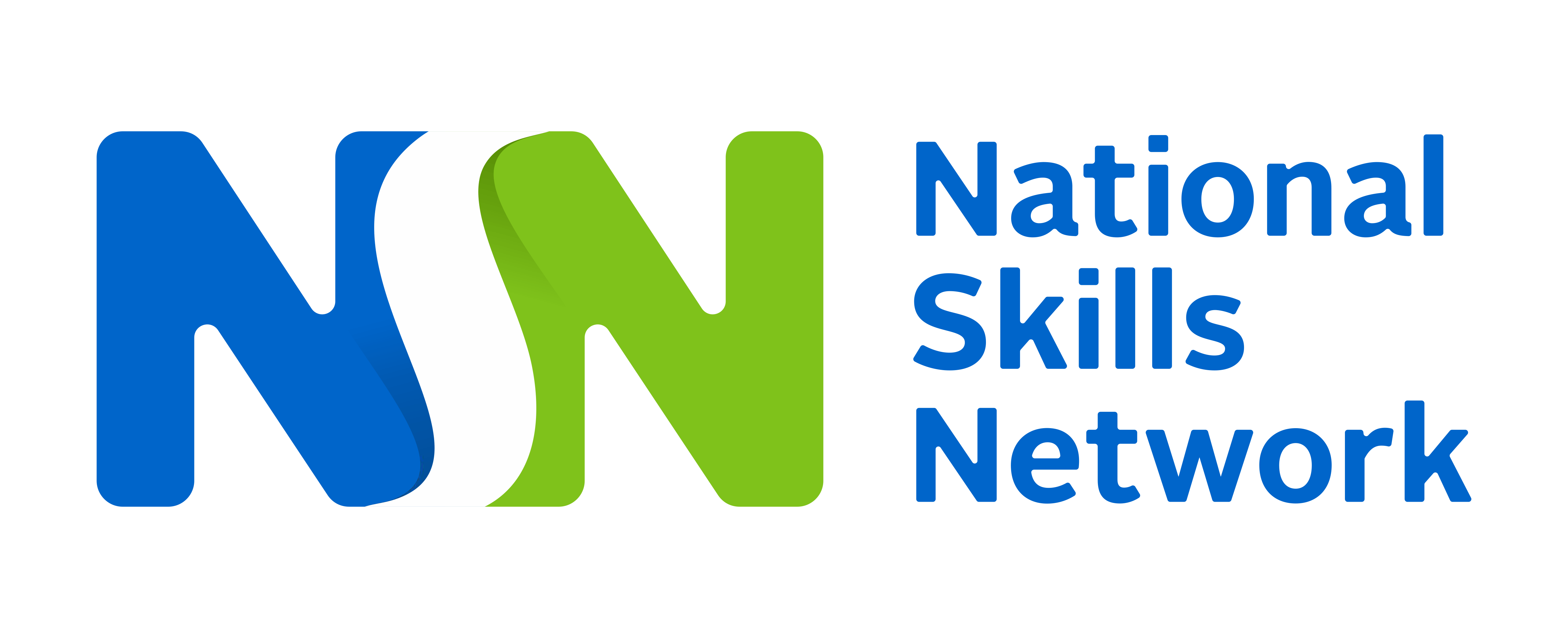





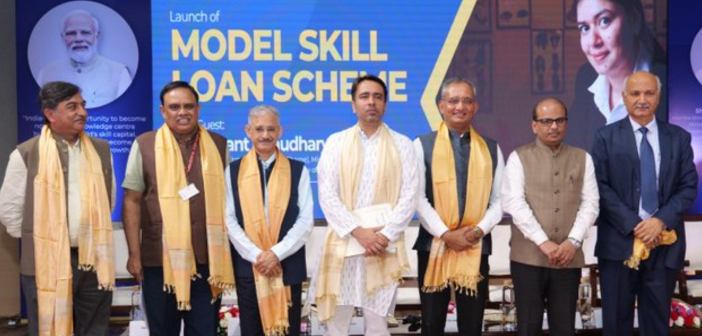

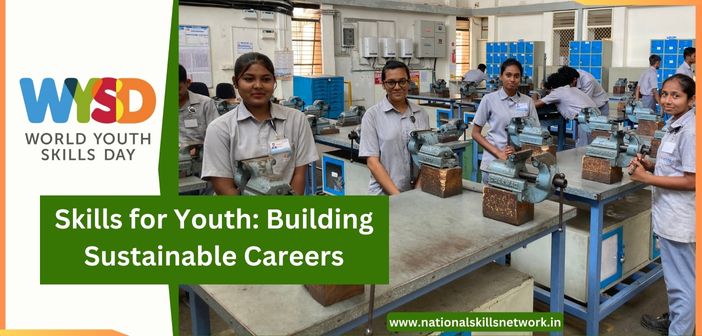

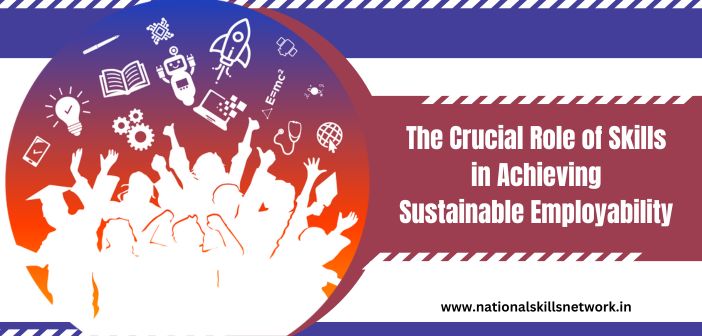
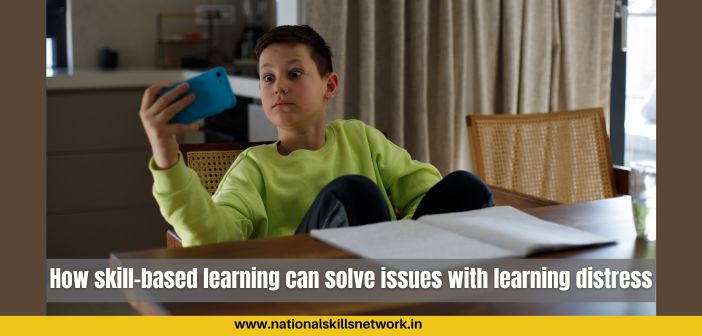
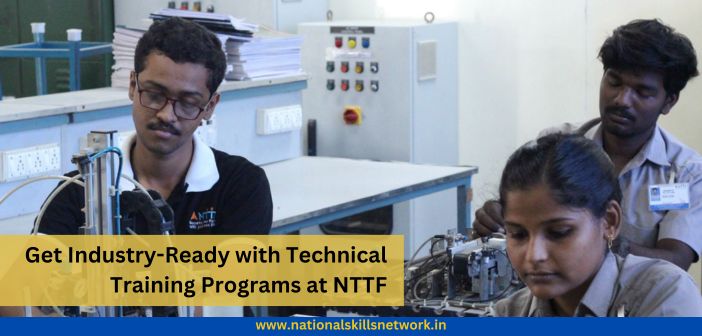

Comments 1